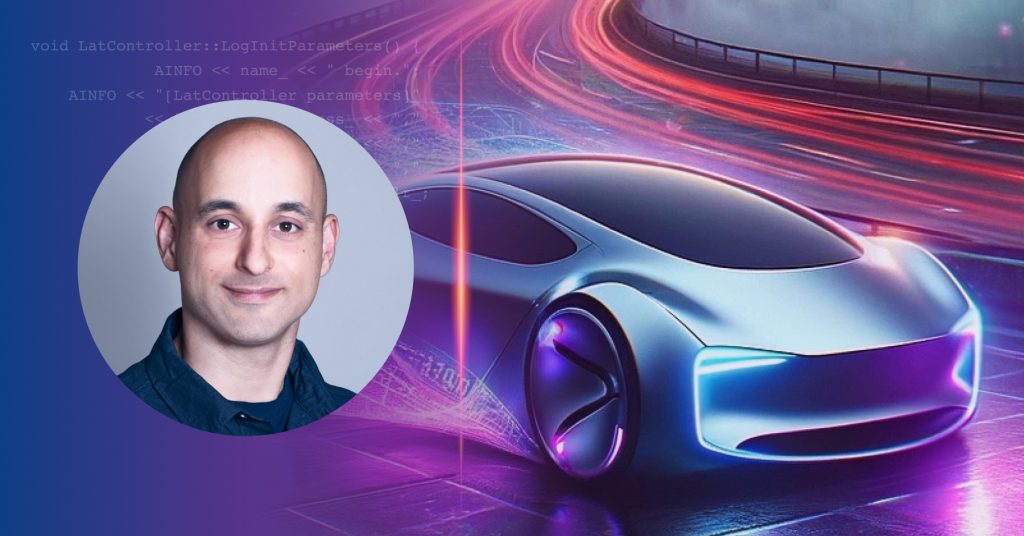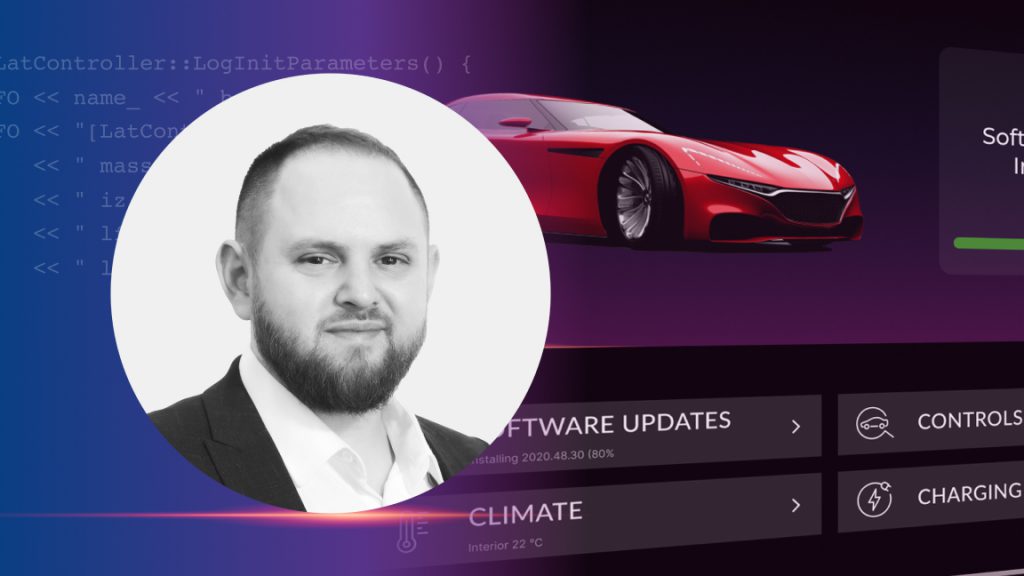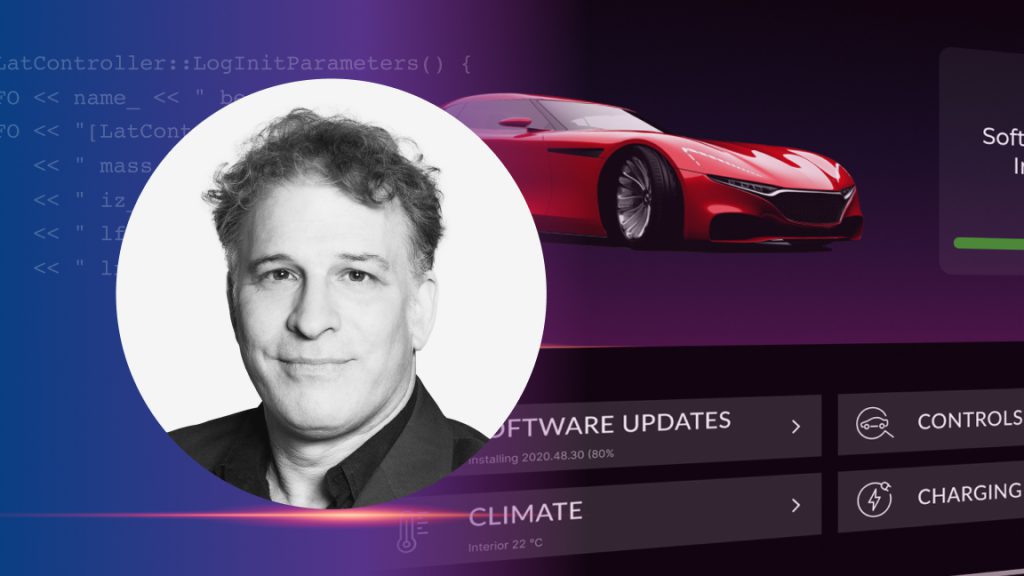The automotive industry is at a pivotal point in its evolution. With software-defined vehicles transforming the way cars are built, we’re likely to see innovation in this area increase over the coming years. This will affect the way we buy cars as well as how new features and updates are delivered.
OEMs and suppliers are starting to use open-source software in the development of a vehicle, and its use will continue to grow, but open standards and APIs are going to disrupt the industry in new ways. This is something I’ve seen happen in finance, which has led to a rise of new businesses entering the market, shaking up a mature industry. The same could happen in automotive.
The building blocks of automotive software
Going forward, manufacturers will likely lean on open standards to build their own platforms — much like using Lego bricks one by one to create something custom. This means they’ll be able to take a component from an existing piece of software and connect it to other software from tier one suppliers. From this, they can build their own architecture while improving interoperability and enabling new avenues for innovation.
The use of open standards has numerous benefits to the automotive industry as a whole. These include:
- Fewer limitations: With open standards, manufacturers won’t be locked into a single technology, giving them a wider choice of suppliers to work with.
- Improved interoperability: A set of standards makes applications more functional and interoperable, streamlining product development.
- Less chance of becoming obsolete: File types in proprietary applications may become obsolete, and are often hard to convert. Open standards protect against this.
- More chances to innovate: With more suppliers working to the same standards, this gives manufacturers the chance to be more innovative in the way they build their software.
- Competition can flourish: With fewer barriers to entry new suppliers and, potentially, manufacturers, can enter the market.
There are already standards and initiatives in automotive that support interoperability, such as AUTOSAR, ECLIPSE SDV, and SOAFEE, as well as those that govern adjacent technologies (such as the Open Charge Point Protocol for the smart charging of electric vehicles). However, there’s still a lot of potential for the automotive industry to adopt more of these standards.
Taking inspiration from FinTech
I come from a FinTech payment background, an area that is flourishing thanks to open standards. Over the last seven years, finance has gone through a lot of changes with young tech companies disrupting a mature industry. These new businesses have been able to succeed thanks to open standards and open APIs.
For example, open banking standards have allowed consumers to securely connect their bank accounts with third-party providers. This allowed a raft of businesses to enter the space offering tools and products that can do anything from analyzing your finances to facilitating payments between bank accounts across different countries and currencies.
Open standards work in established markets, which is why they’ve transformed the finance space. The automotive industry is likely to be next as it’s mature enough to withstand the disruption while, arguably, being ready for a fresh shake-up.
If the automotive industry can take inspiration from what’s happening in the finance space or, at least, do something similar, we could see some big changes in the coming years. Already, open standards and open-source software are making an impact on how OEMs develop their software, but with more buy-in and as open standards evolve, there’s the opportunity for increased innovation, more choice, and ultimately, better vehicle software.






 11 min read
11 min read
